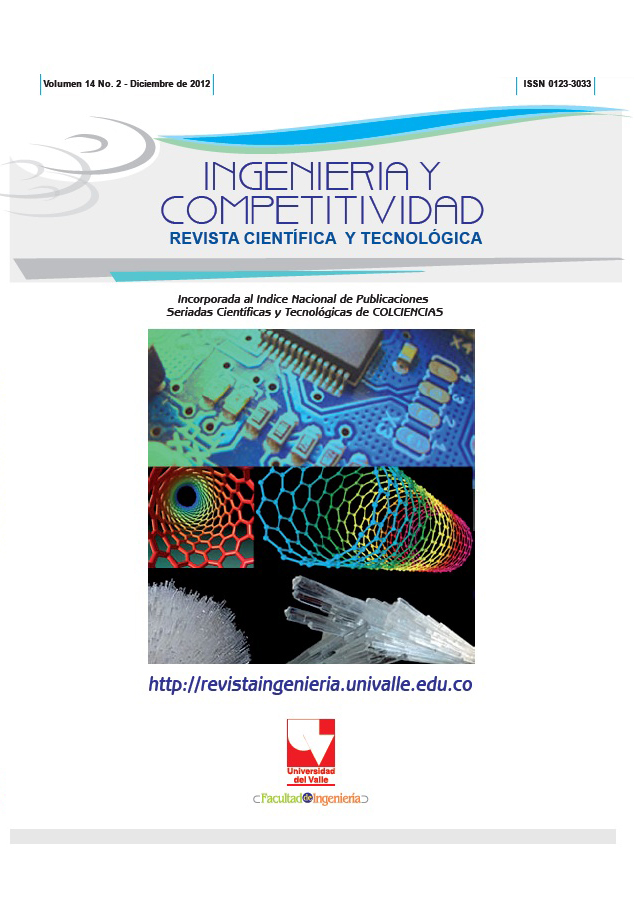Cinética de flotación de la materia orgánica en carbones del Cerrejón (Guajira) utilizando una columna de flotación
Contenido principal del artículo
Este trabajo muestra las constantes cinéticas de tres carbones bituminosos del Cerrejón (Guajira), M1, M2 yM3. Se utilizó una columna de flotación a escala de laboratorio (5 m de altura y 5 cm de diámetro) a condicionesnormales de pH (7.2), usando como reactivos de flotación: Lauril Eter Sulfato de Sodio al 28% (p/p) comoespumante con una concentración de 15.4 lb/t de carbón y aceite de creosota como colector con una concentraciónde 10 lb/t de carbón, empleando diferentes tiempos de recolección de muestras (se tomaron 5 muestras deflotados cada 45 s para un total de 3.75 min). Los resultados mostraron una cinética de primer orden para larecuperación de material combustible. Las constantes cinéticas calculadas se encontraron en el rango de 0.126 a0.255 min-1, presentando los mayores valores la muestra M3. La recuperación de material combustible presentóun rango entre 42 y 61%, la muestra de carbón que mostró mayor recuperación de material combustible fue lamuestra M3. En general, se obtuvieron reducciones de cenizas entre 71 y 91%, lo que indica que las condicionesde operación utilizadas en el proceso y la liberación de ceniza fueron favorables.
- Columna de flotación
- Constante cinética
- Recuperación de material combustible
Descargas
Los autores que publican en esta revista están de acuerdo con los siguientes términos:
Los autores ceden los derechos patrimoniales a la revista y a la Universidad del Valle sobre los manuscritos aceptados, pero podrán hacer los reusos que consideren pertinentes por motivos profesionales, educativos, académicos o científicos, de acuerdo con los términos de la licencia que otorga la revista a todos sus artículos.
Los artículos serán publicados bajo la licencia Creative Commons 4.0 BY-NC-SA (de atribución, no comercial, sin obras derivadas).





